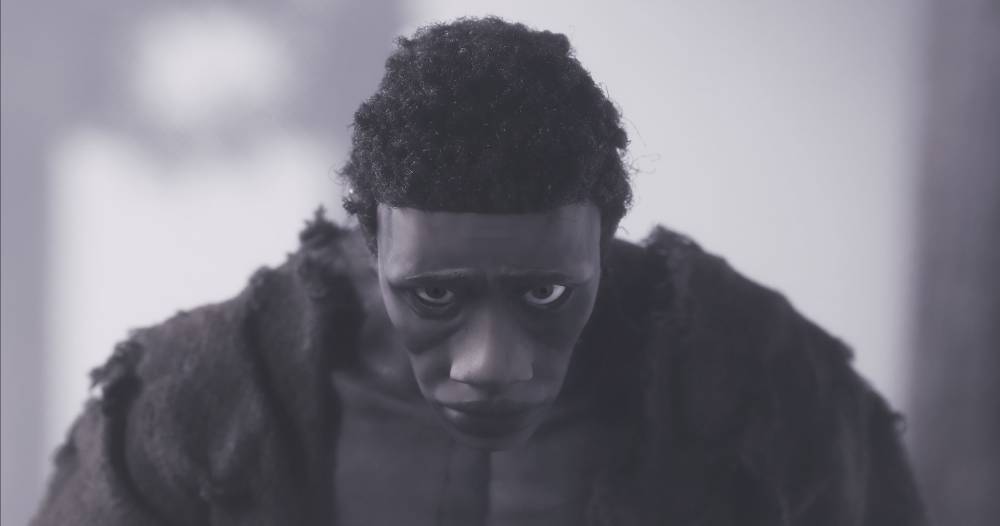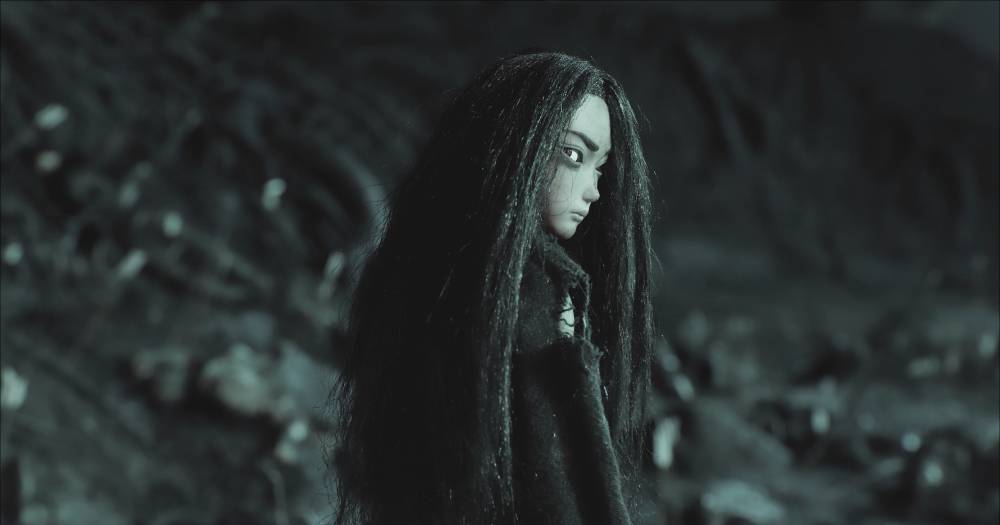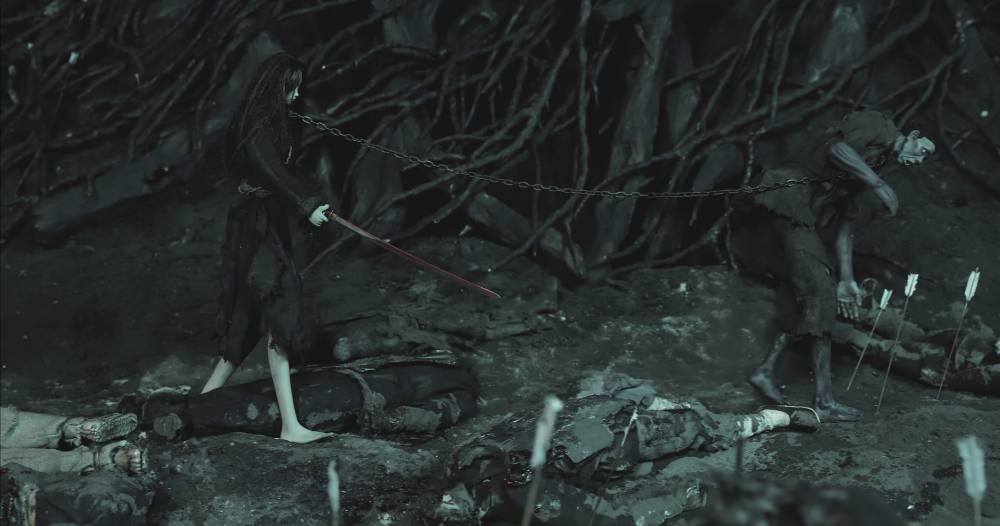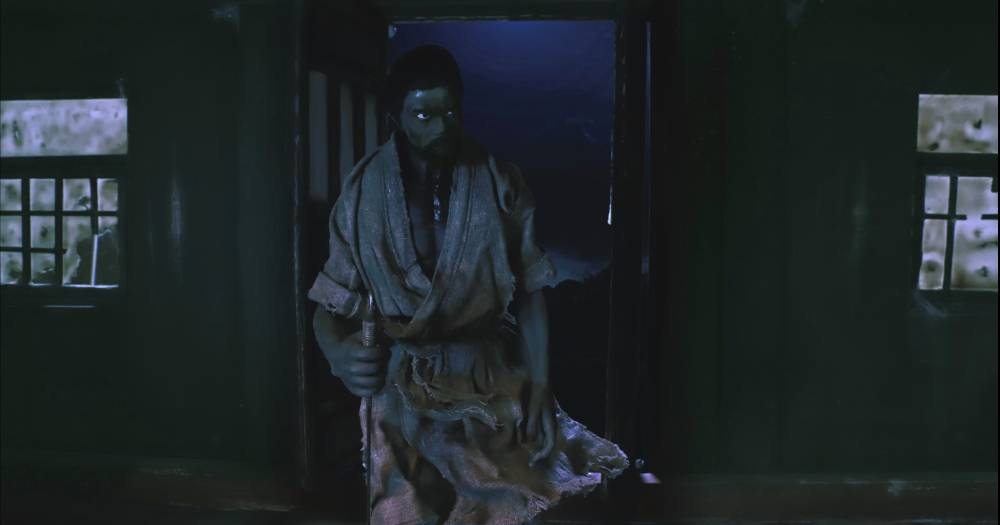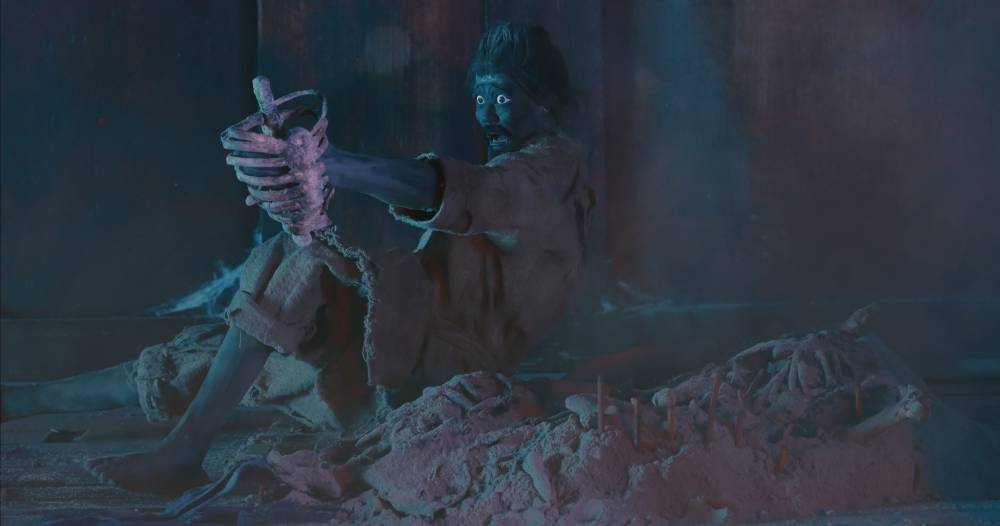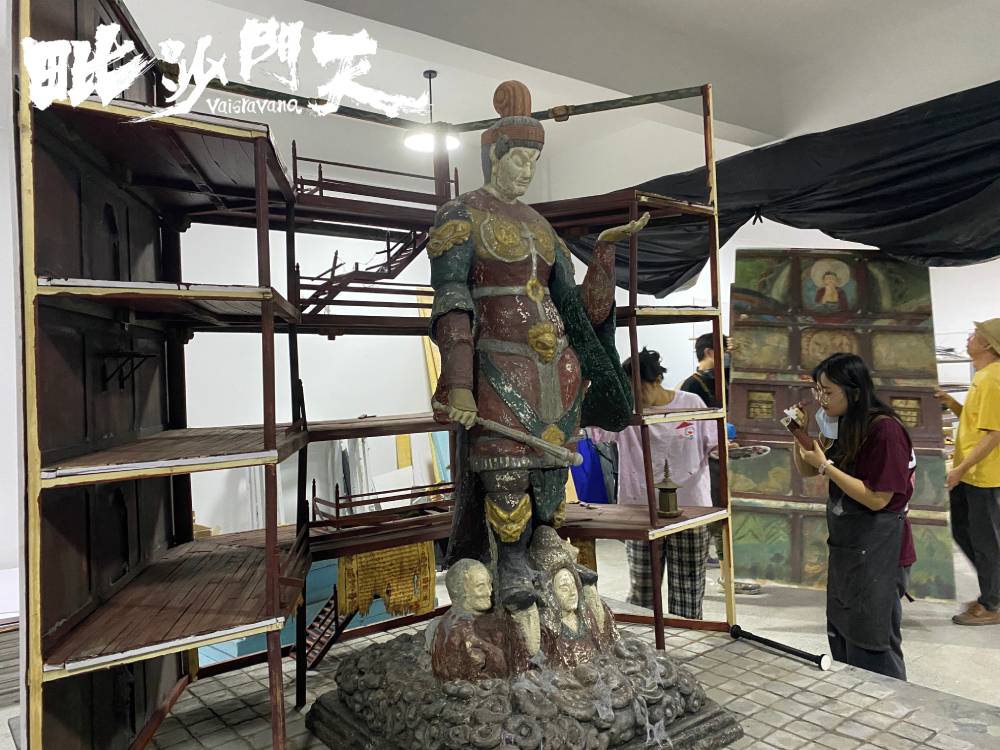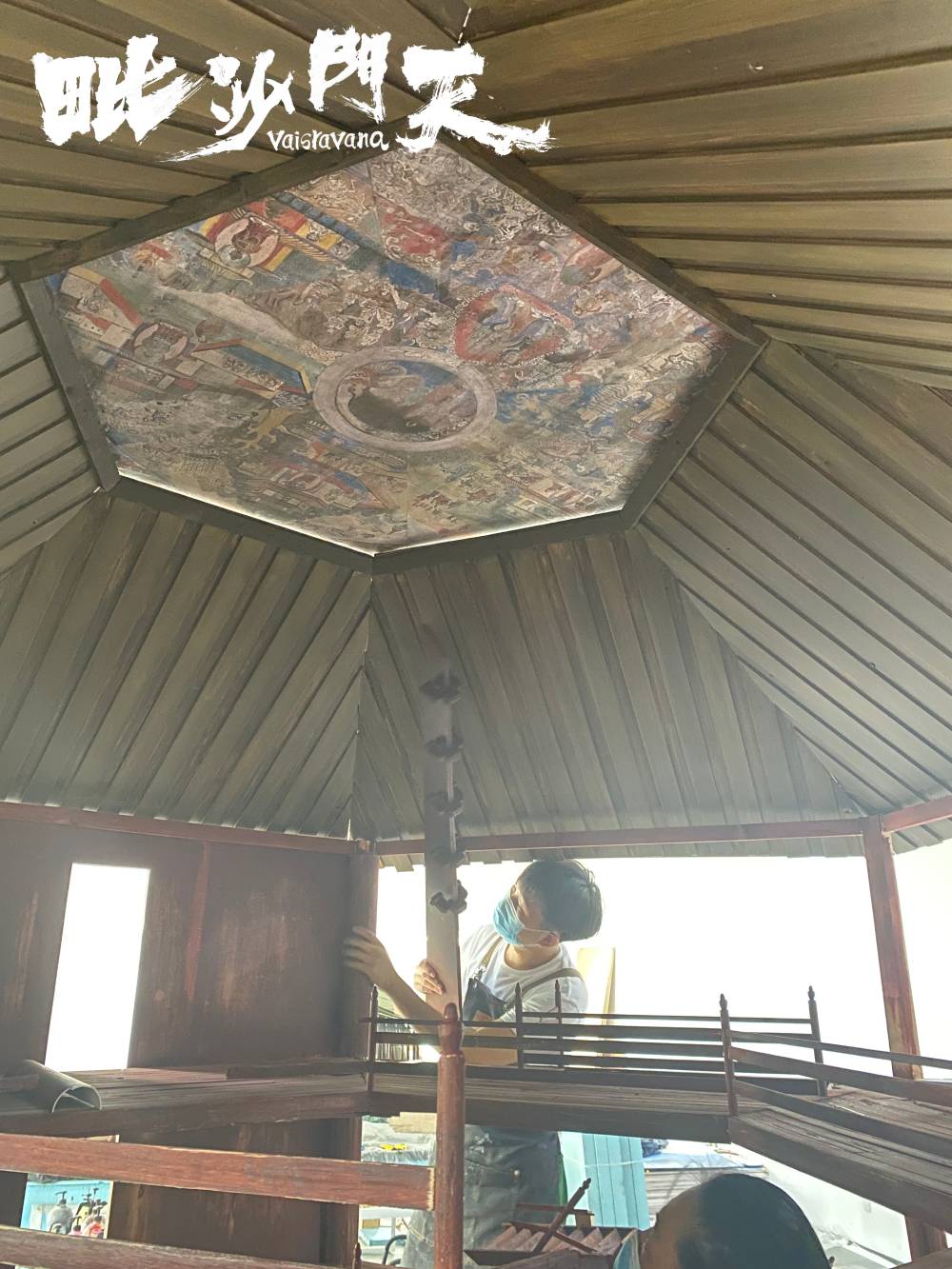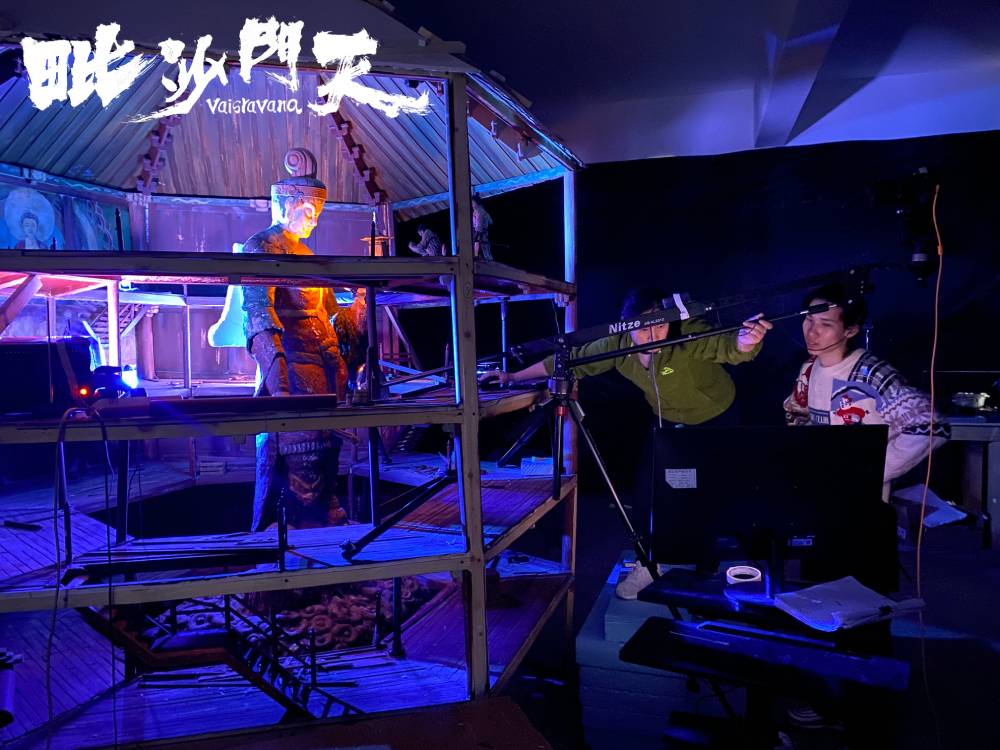A Look at Three More Short Films From LANTERN BLADE's Nice Boat Animation
After we reviewed the animated web series Lantern Blade at Fantasia we were kindly connected to the studio that made the series, Nice Boat Animation in China. Pleasantries were traded and the studio expressed their gratitude to receive some international press for their work, and we naturally offered to cover any current and future work for them down the road. To which they said, 'You know, we've got three more short films that you can look at'.
So here we are, introducing three more short films from Nice Boat Animation, The Bridge Trilogy: Bridge, Slave and Vaisravana. While Bridge and Slave are on the nose descriptions of each short, Vaisravana is a Buddhist deity, the protector of Buddhist Law. Where are our Buddhists at?
We can share Bridge with you today, as it is already public, but you'll be directed over to YouTube because of age restrictions and other silly nonsense. As far as Slave and Vaisravana are concerned, both are still active on the festival circuit and still booking spots so we have an extensive gallery of images, posters and behind the scenes shots from each short film. We will share with you our impressions of each short film after having watched all three.
To start, all three of these short films are set around the end of the Tang Dynasty. Now, being a gwailo on the other side of the world, with a crude knowledge of Chinese history based off of what I learned from watching martial arts and histortical epic movies from the region I knew I'd have to ask why this time in history was the backdrop for all three short films. So, what else shall we call them collectively, The Tang Tryptich? I'll let the folks at Nice Boat have that one for free.
Nice Boat explained,"(The) series is set during the late Tang Dynasty, one of the most prosperous and open periods in ancient Chinese history. Tang culture and military power extended across almost all of Asia. However, after its decline, ancient China fell into the chaotic period known as the Five Dynasties and Ten Kingdoms, one of the most turbulent times in its history. Our director, Liu Di (who is also the screenwriter), is deeply intrigued by the contrast between the dynasty's strength and decline, as well as the juxtaposition of civilization and barbarism. Such rapid societal changes have a profound impact on individuals. For example, the elderly swordsman in the film Bridge symbolizes the decaying dynasty".
Bridge is a traditional martial arts story, told without any dialogue and shot in stark black and white, which provides some beautiful contrast in its imagry. Dare I say it, but this one plays out much like a Chumbara film from Japan does, only because most of my intake of swordplay films out of China comes from the Shaw Brothers era, where the choreography was more fantastical. I'm admitting a bias here based on my viewing habits over the years. I'm learning just as much as I can as I go along here. Admitting that, if you like Kurasowa you'll like this one. Dialogue-free it depends on telling its story through imagry alone and does a dandy of job doing it.
Slave opens on a battlefield where dozens of bodies and hundreds of arrows litter to landscape. An African slave is desperately trying to break the chains that have held him captive. They are chained to not one but two other slaves. One of them is dead, the other is a young woman and she is very much alive, and angry. A gang of men from a peasant rebellion chase after the pair - hey, it's a slave woman, no one cares what we do to her. As the chase goes on through the night into morning it becomes a moral tale, about making decisions that will put your own life in jeopardy.
Slave is another short film that is told without dialogue so there is an broad display of emotions from our central character the slave that tell the story, that tell his inner journey as he makes those decisions. Told during a time of war the short works with a color palatte that is dark and dreary, but it does allow some color to seep through it's mostly monochrome palatte, to act as highlights.
Slave has stuck with me because what was also interesting was this theme of slavery, because my knowledge of African slavery has been limited to my country's own history in relation to modern slavery in America in the 19th Century and our Underground Railroad. While there is some debate online about the origin of 'African slaves' and where they came from, there was 'African' slavery in China during the 9th century. To me, it was just wild to learn that.
When we got around to watching Vaisravana we finally got a short film that had dialogue and in a genre shift we also got a short that moved towards supernatural horror. Not completely, but enough to satisfy our other genre cravings. Through the tryptich we've gone from black and white, to muted greys with hints of color, to an explosion of color in the third short film. Shaw Bros fans will get something out of this one, especially that fantasy era. It's not completely out there but fans will see the similarities in themes and visuals.
I really wish we could share the other two shorts with you today. They're really good! In due time, I'm sure, as we continue to work with the folks over at Nice Boat Animation into the future. Stay tuned for more from Nice Boat Animation.










-thumb-80x80-95391.jpg)
-thumb-80x80-95392.jpg)
-thumb-80x80-95393.jpg)





-thumb-80x80-95399.jpg)


-thumb-80x80-95402.jpg)









Do you feel this content is inappropriate or infringes upon your rights? Click here to report it, or see our DMCA policy.












